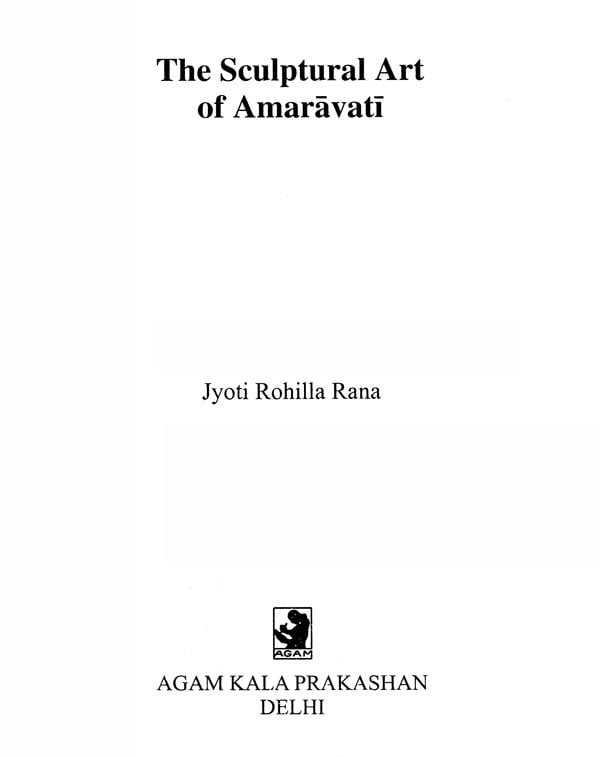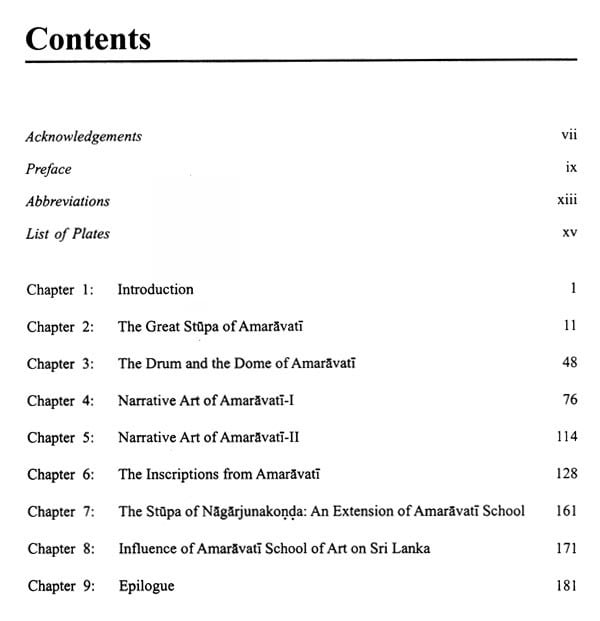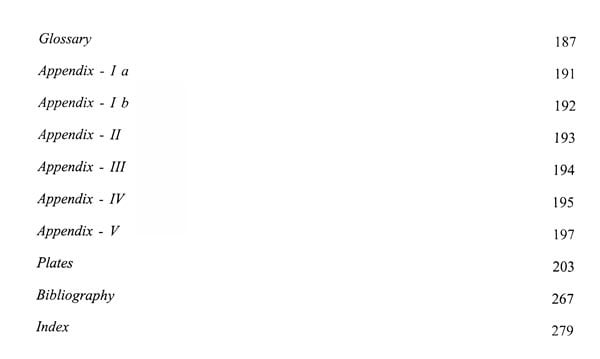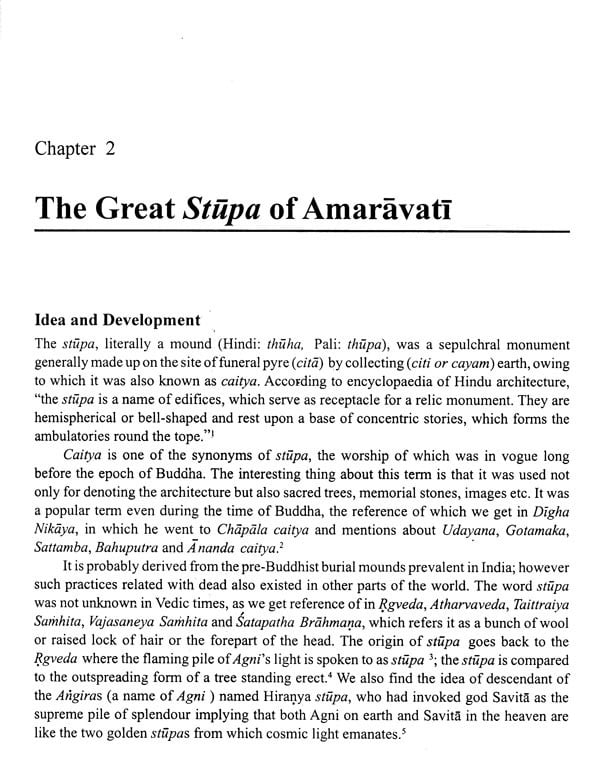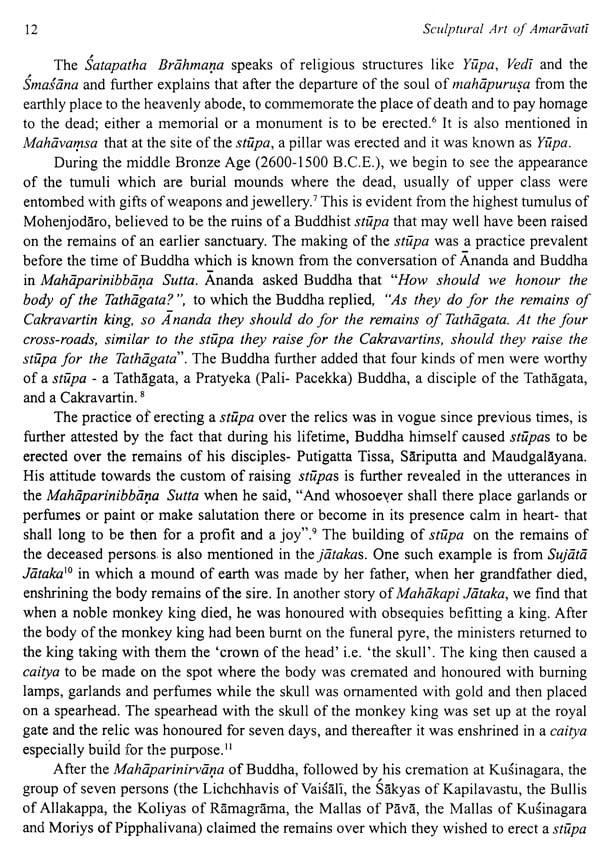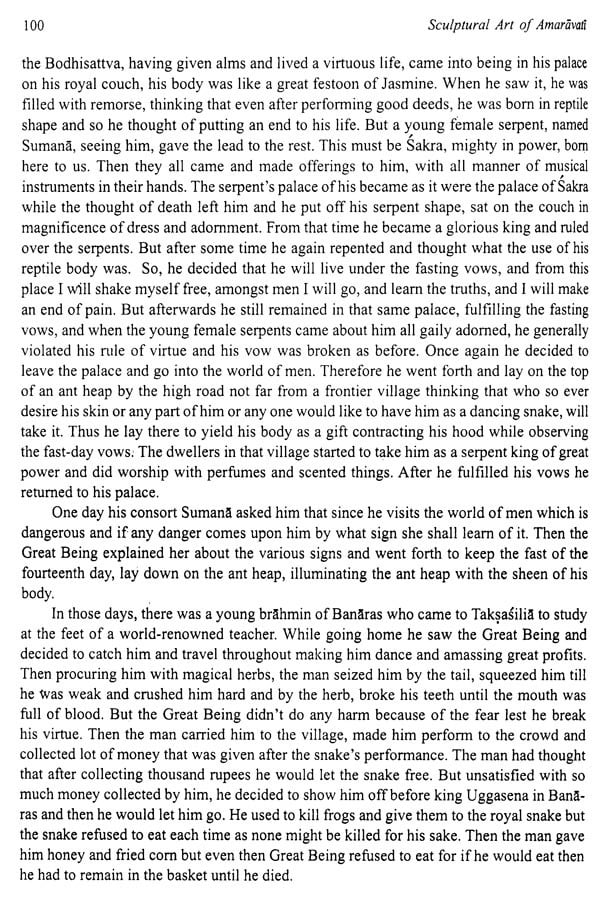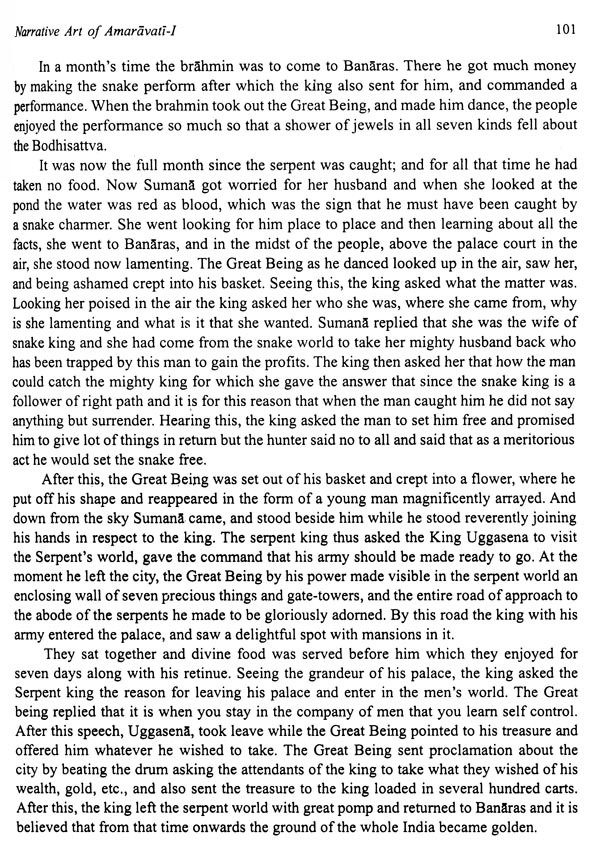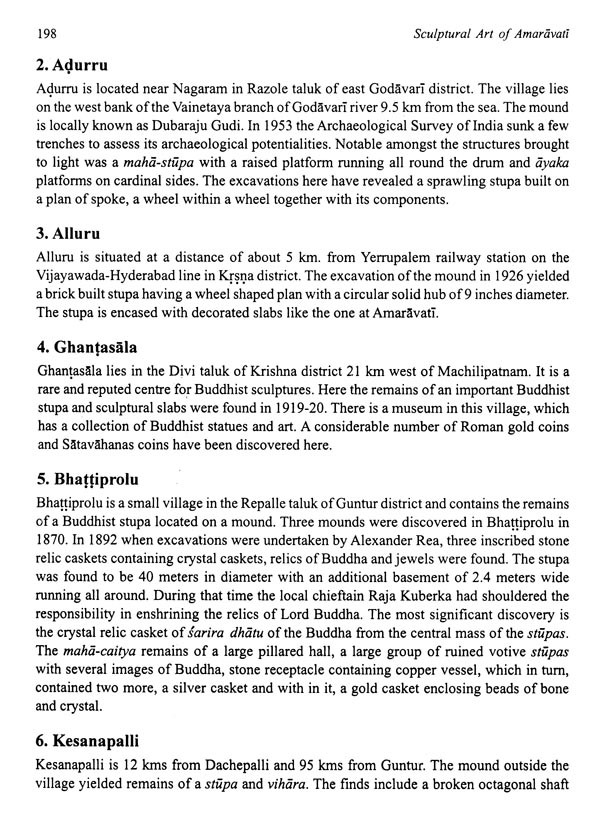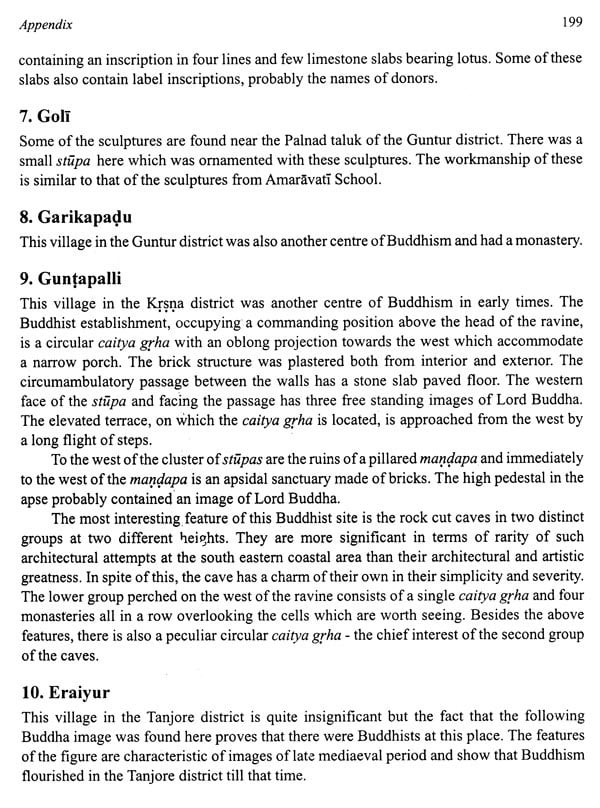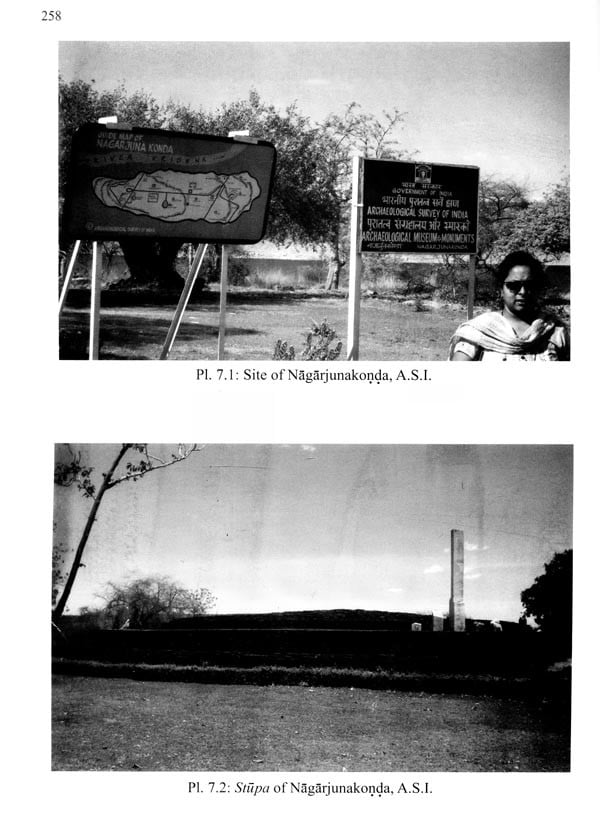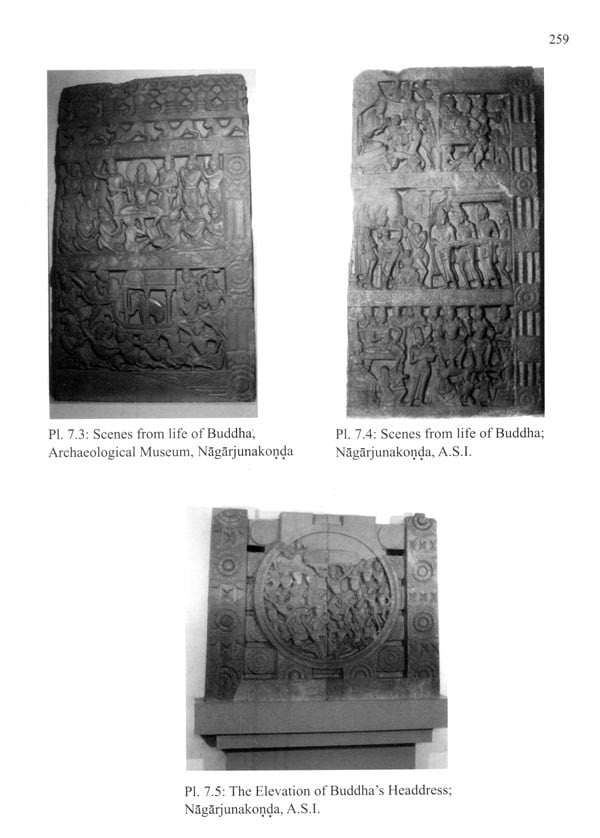
The Sculptural Art of Amaravati
Book Specification
| Item Code: | AZG777 |
| Author: | Jyoti Rohilla Rana |
| Publisher: | AGAM KALA PRAKASHAN, DELHI |
| Language: | ENGLISH |
| Edition: | 2013 |
| ISBN: | 9788173201325 |
| Pages: | 300 (Throughout B/w Illustrations) |
| Cover: | HARDCOVER |
| Other Details | 11.00x9.00 inch |
| Weight | 1.19 kg |
Book Description
The narrative art of Amravati is illustrated with the depiction of jätakas, ie. the stories associated with the previous births of the Buddha, depiction of avadanas and scenes from the life of Buddha-comparing the differences sof depicting narratives at other Buddhist sites in India. The inscriptions at Amravati reflect the socio-economic and cultural status of the society of that time and also help to know about the variety of donors who contributed in making of the stupa. The influence of Amravati style on the sculptures led to further expansion to other areas within the boundaries as well as beyond it.
The stupa of Nagarjunakonda an extension of Amravati School, is discussed with a view to highlight the influence of Amaravatī School on its art, and also in the art of Sri Lanka. In case of the latter the metal images of Buddha have exhibited their indigenous features combined with the influences from the Amravati School. The book at the end presents the salient features of the research in respect to architectural history and symbolism of Amravati stupa that existed before and after the maha-caitya.
As far as the works of earlier scholars is concerned, it is after the first visit of Colonel Colin Mackenzie at Amravati in 1797, he re-visited the site again in 1816 along with his staff of draughtsmen and assistants. It was then a folio of volume of plans and drawings of the site that was prepared which is now in the custody of the Library of Commonwealth Office, London. The reports of the site were prepared by Mackenzie that was published in 1807 and 1823 respectively. After him Robert Sewell published the reports of his survey in 1880. The next and outstanding work on Amravati was done by James Fergusson in his book, Tree and Serpent Worship in 1868 which not only discussed the two great stupas of Sañci and Amaravatī but it introduced, initiated and inspired further research on the following subjects. The work by Fergusson discussed the history of the stupa as well as the sculptures of Amravati.
The maha-caitya of Amravati was one such example which stood as the finest monument of Buddhism in south India. The base of Amravati was a flourishing city in the times of the Satavahanas which was known as Dhanyakataka (in its ancient variants of Dhammakada, Dhammakadaka and Dhannakadaka). The prosperous city of Dhanyakataka (the first capital of the Satavahanas) and the stupa of Amravati must have flourished due to its trade activities in the southern part of India and also its connectivity with north India and north western routes through the Daksinapatha. These relations not only linked south and north India but also resulted in the exchange of cultural and artistic activities which is evident from the inscription of the southern gateway at Sañci. With this hypothesis we may presume that the major art activities in north India represented at Bharhut and Sanct was to a great extent inter-related with the art activities at Amravati and that the influences from south to north were more apparent. The stupa architecture and sculptures at Amara vati that represent the early phase of art may be put in the same line of activities in the north during the Sunga period as they were the contemporary of the Andhras.
The sculptural art of Amravati experienced a long stretch of development starting from 3rd century B.C.E. 3rd century C.E., representing the highest glory of artistic activities.
**Contents and Sample Pages**
